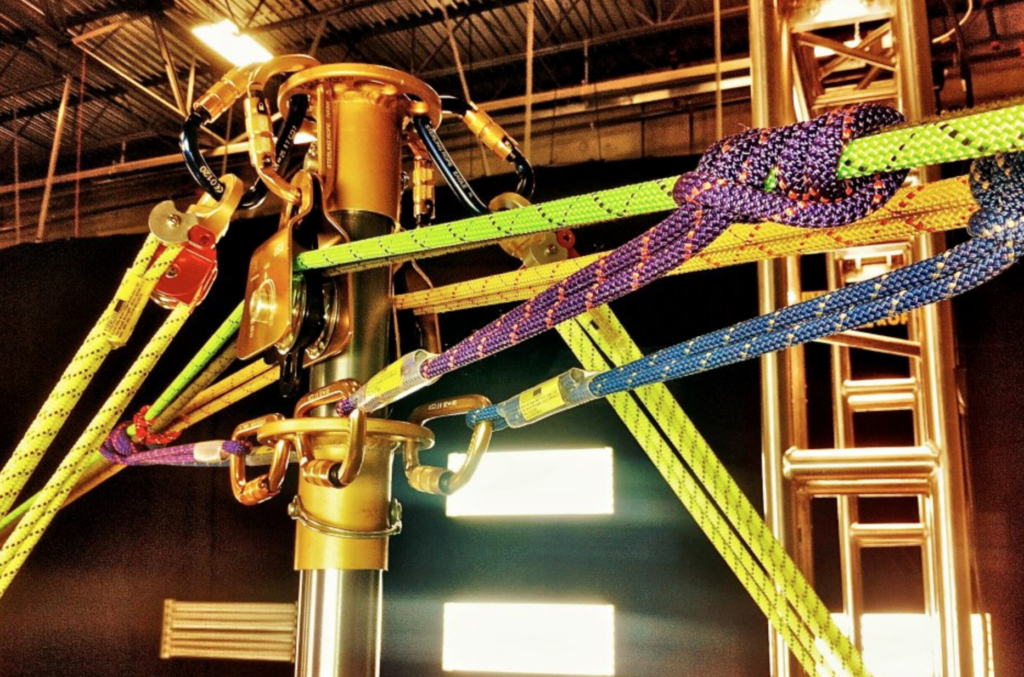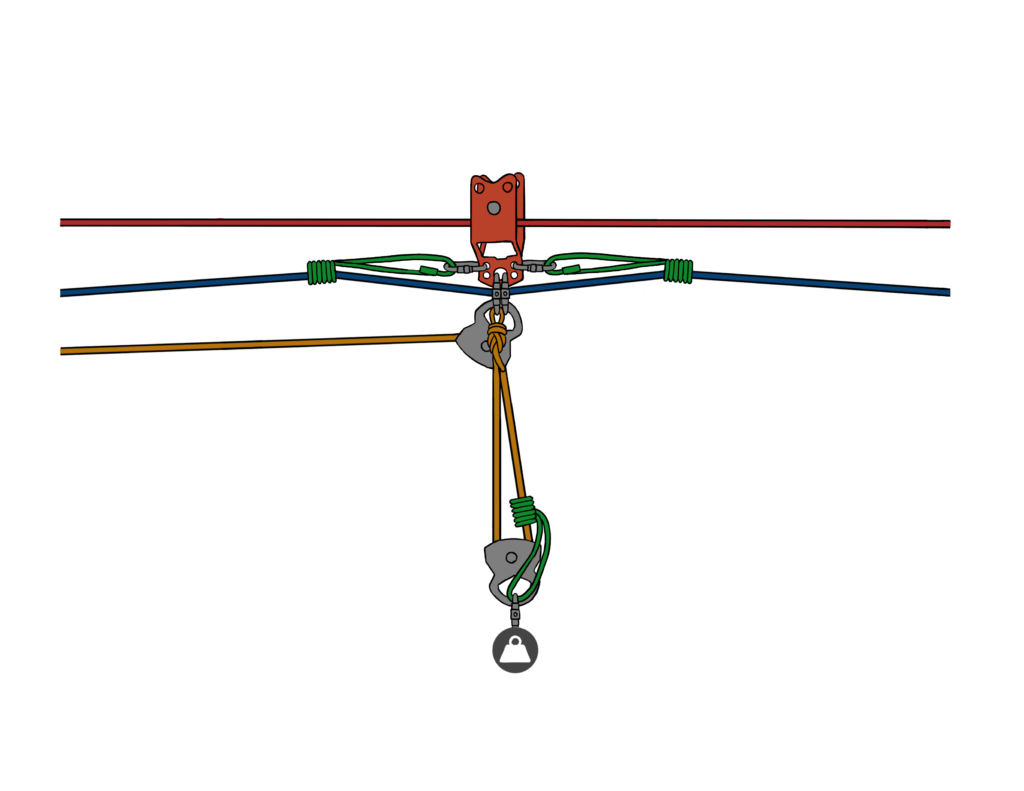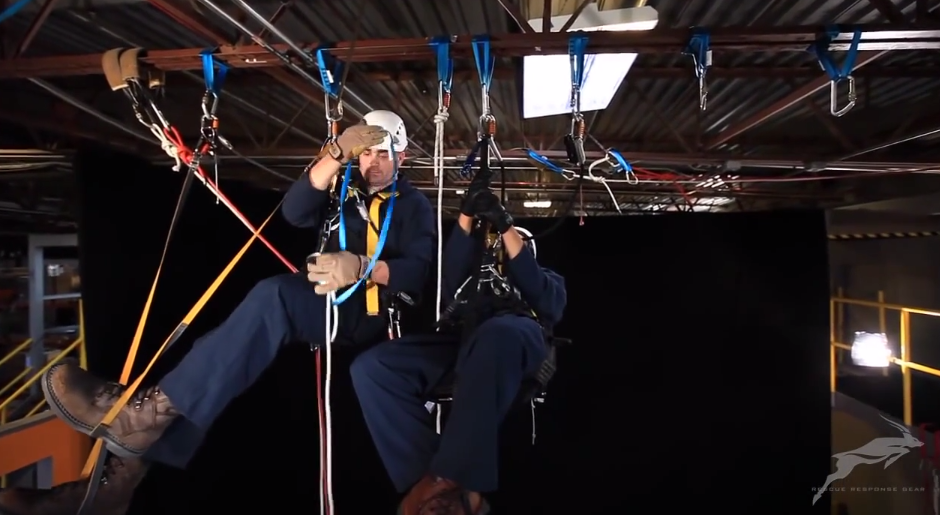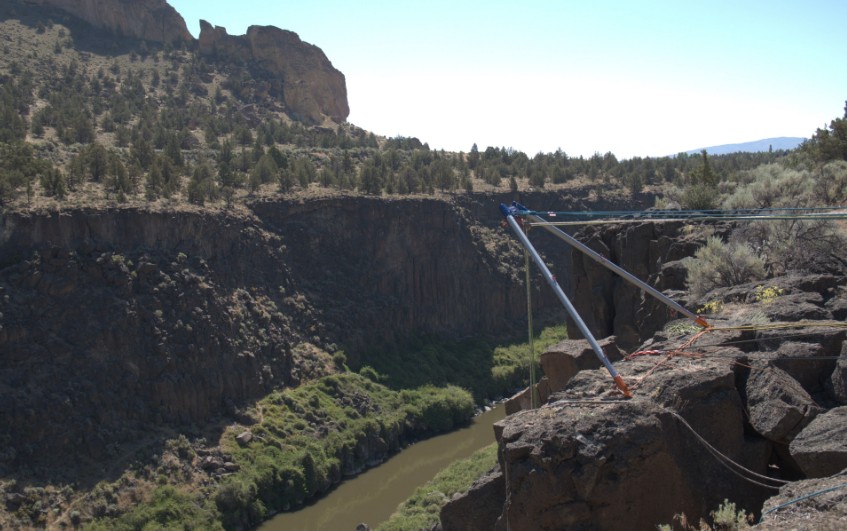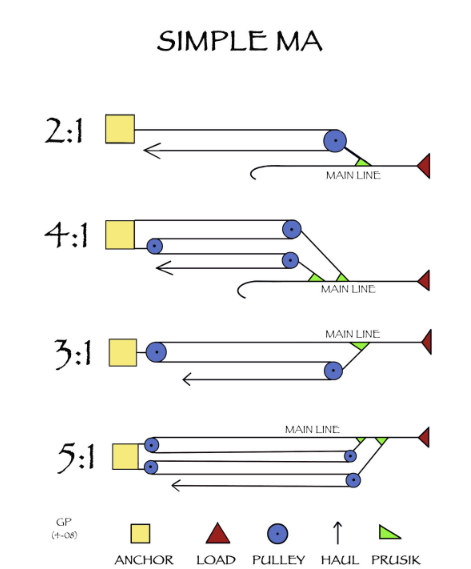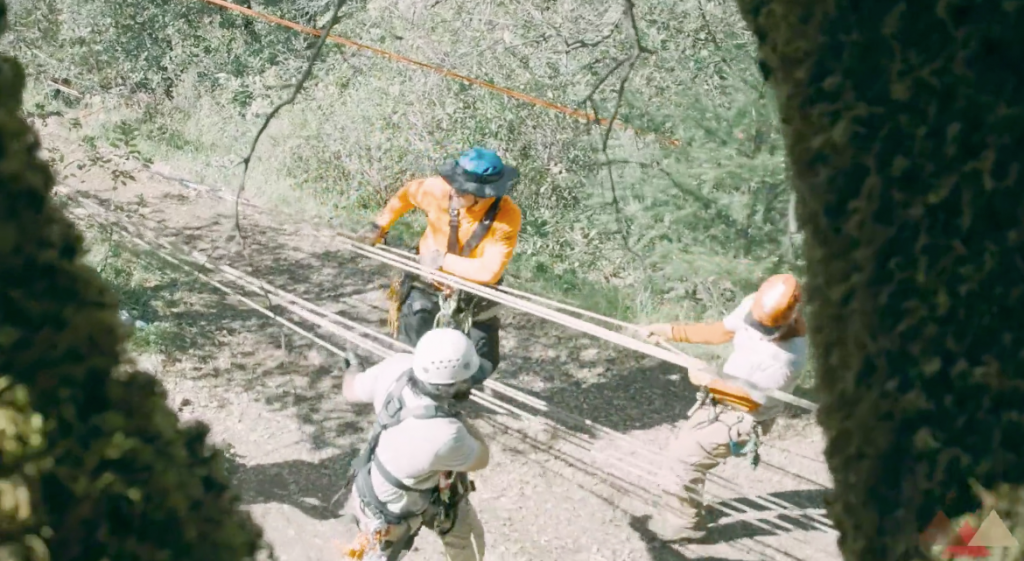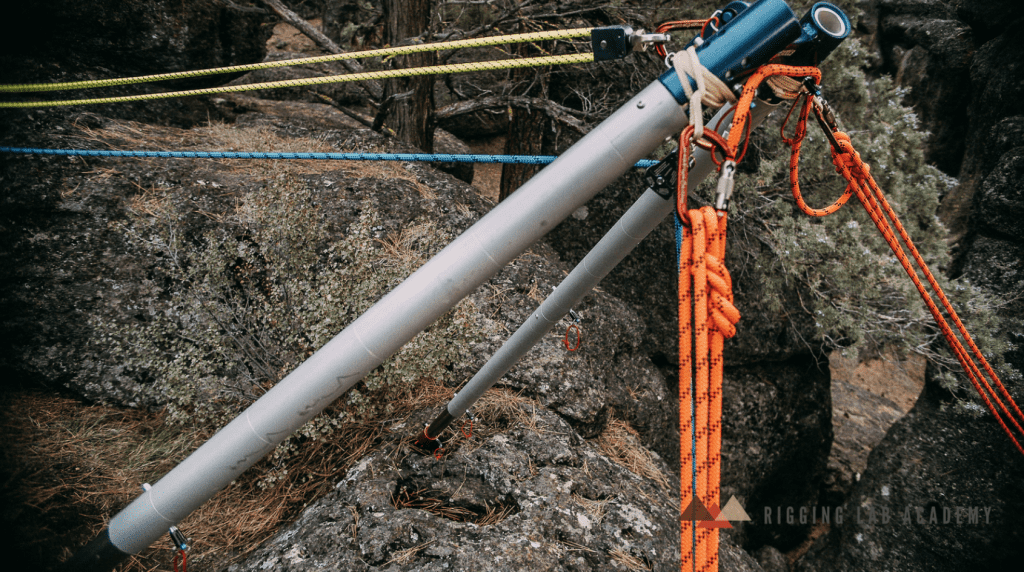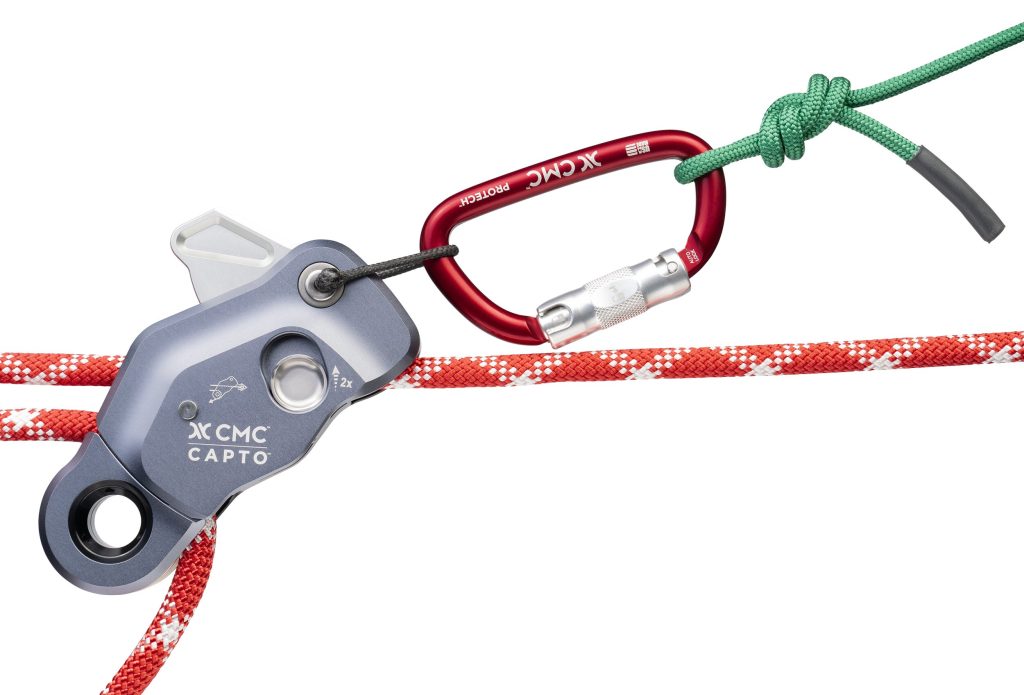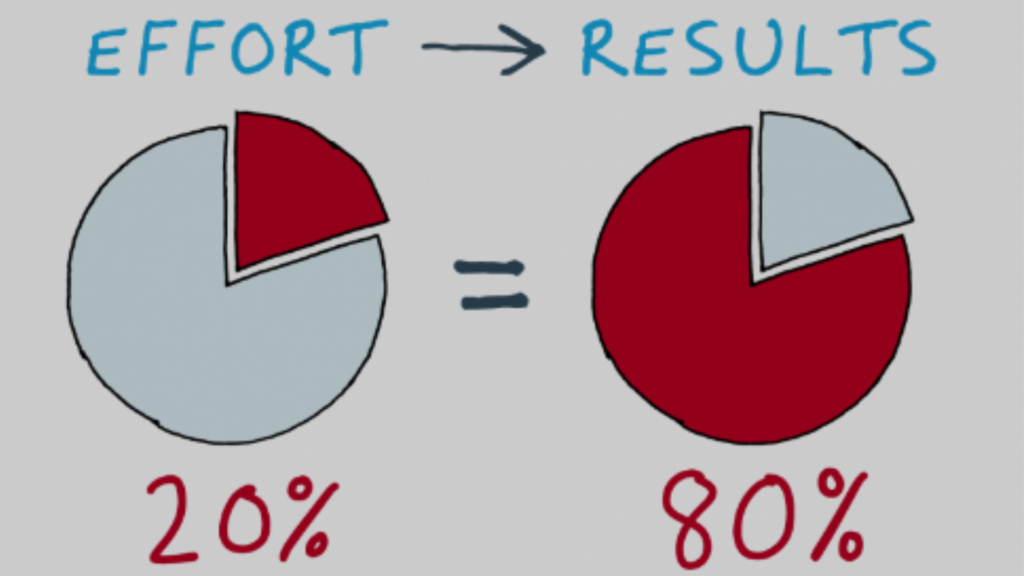Force Multipliers and The Fundamentals of Mechanics
Force Multipliers To understand rigging is to understand at least some aspects of trigonometry and vector physics. The knowledge of angles, components, and resultants is synonymous with quality rope rigging. To study vectors is to study the physical qualities of force that has both direction and magnitude. There are two important distinctions we make in […]
Force Multipliers and The Fundamentals of Mechanics Read More »

